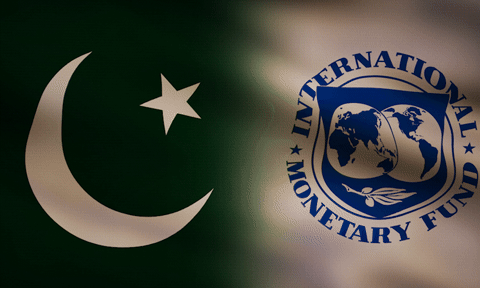EDITORIAL: The findings of the 2023 population census, released on July 18, have been of little surprise, as they largely confirm existing troubling trends with respect to the country’s population growth across different metrics.
Even so, the lack of surprise doesn’t diminish the extreme gravity of the situation, necessitating urgent and comprehensive policy interventions to address the nation’s demographic challenges that have directly contributed to and exacerbated our myriad economic problems.
The overarching reality revealed by the census is of a country bursting at the seams, with our population having increased from 207.68 million in 2017 to 241.49 million in 2023, a population growth rate of 2.55 percent, which if it persists will result in the Pakistani population doubling by 2050.
Not only is our population growth rate the highest in the region, there are only 27 countries in the world that have growth rates higher than ours.
Moreover, around 79 percent of the population is below the age of 40, while there has also been massive rural-to-urban migration, with a substantial growth rate of 3.67 percent in urban centres compared to 1.88 percent in rural areas. Notably, the number of cities with populations of at least 500,000 has increased from 14 to 22 since 2017.
The rapid population growth rate has only served to bring into sharp focus the huge challenge it poses to sound economic planning.
How can our economic managers even begin to plan for such an unpredictable and escalating situation so as to ensure that our resource base keeps in sync with a rapidly expanding population, infrastructure needs are met in a timely fashion, and basic indicators related to education, health, housing, food supply and employment opportunities keep pace with the demands of a swiftly ballooning populace?
A population growth rate of 2.55 percent indicates that the economy needs to grow at a similar percentage just to meet the needs of the current population base, and with the country careening from one economic crisis to the next, achieving economic growth commensurate with the population growth rate is always going to be a tall order.
Furthermore, it is evident that a youthful population concentrated in densely populated urban spaces places additional strain on urban infrastructure and services, leading to massive overcrowding and reduced quality of life.
While this largely young populace has the potential to provide a significant demographic dividend through increased labour force participation and productivity, the challenge here is to ensure sufficient investments in education, healthcare and job creation in the face of unplanned population growth, which again brings us back to the problem of aligning our resource base with rapid increases in population. This misalignment threatens to turn what could be a demographic dividend into a population time bomb, which if it explodes, could lead to severe social and economic consequences.
Another worrying finding is an imbalanced gender ratio of 1.06, with the total number of males clocking in at 124.32 million compared to 117.15 million females. This disparity can be attributed to adverse health outcomes for females, such as higher rates of malnutrition and maternal mortality, as well as a systemic preference for males when it comes to access to better food and healthcare resources.
This gender imbalance in turn also underscores how women’s contributions to the economy remain under-utilised. Unlocking our full economic potential entails addressing this imbalance.
It is clear that the initiation of a nationwide family planning and population control programme on an emergency basis has become compelling. From swiftly expanding reproductive health and family planning services to incentivising having smaller families, and transforming societal attitudes that favour large family sizes, a whole gamut of measures is needed to bring the crisis under control.
Apart from policymakers, society at large must also recognise the obstacles uncontrolled population growth poses to economic progress.
Copyright Business Recorder, 2024





















Comments
Comments are closed.